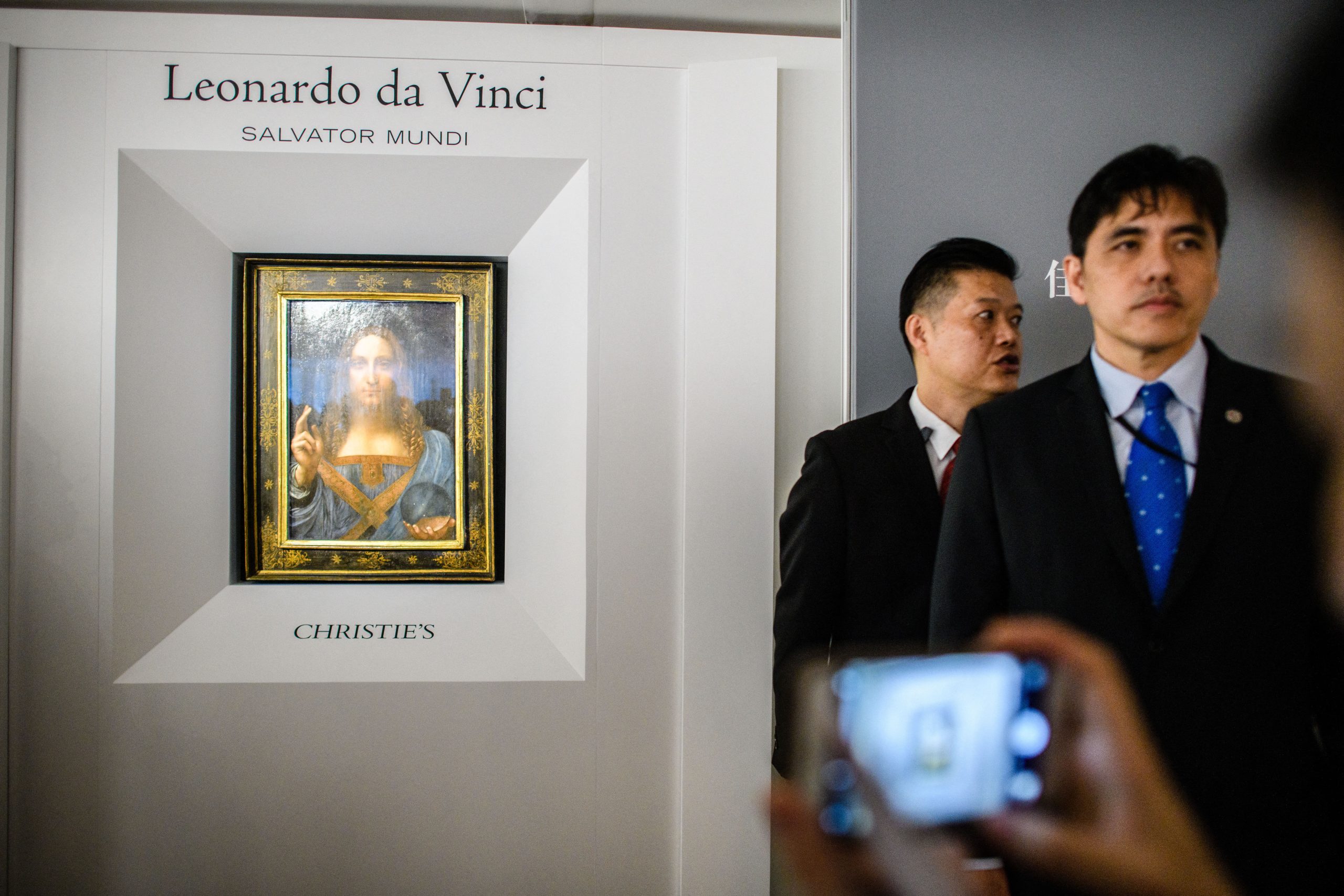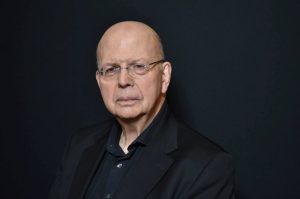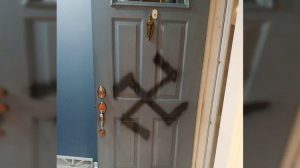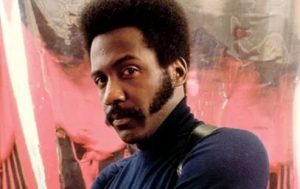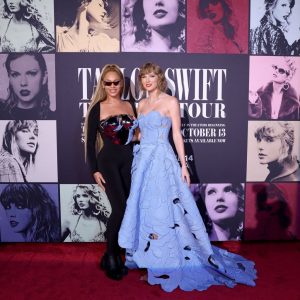French museum Louvre and the C2RMF (its analysis unit) have reached a conclusion that the ‘Salvator Mundi’ – world’s most expensive painting – is the ‘solo’ effort of Leonardo da Vinci, reports AFP. This claim by the museum contradicts filmmaker Antoine Vitkine’s assertion from last week that Salvator Mundi was produced by da Vinci’s workshop and that the master only ‘contributed’ to it. Vitkine’s documentary on the subject – ‘The Savior for Sale – is due to release on French TV this week.
The Salvator Mundi is a painting of Jesus Christ that was bought for $450 million by the Saudi royal family at a 2017 Christie’s auction. Vitkine claims the Saudis withheld the painting from a 2019 exhibition at The Louvre after experts concluded it was not produced by Da Vinci alone. The painting of Christ has not been seen in public ever since.
Also read: Fashion’s premiere Met Gala returns with two shows… and two parties
The Louvre, on Monday, revealed its conclusions on this subject.
“The Louvre and the C2RMF (its analysis unit) reached the opposite conclusion to the documentary: for them, the painting is indeed the work of Leonardo and only him. This information was communicated to the Saudis in September 2019,” said Didier Rykner, editor of magazine La Tribune de l’Art.
The New York Times also reported that version and said the results of the analysis were kept secret because of a dispute over how the painting would be displayed in the Louvre exhibition, with the Saudis reportedly insisting that it be hung next to the Mona Lisa.
As The Art Newspaper had earlier reported, an initial edition of the exhibition catalogue, revealing the positive findings of the analysis, had already been printed by the museum and was even sold for one day in its bookshop.
Also read: Microsoft to buy artificial intelligence firm Nuance for $19.7 billion
But the book was withdrawn, it said, when it became clear that the Saudis would not lend the painting.
“Certainly, the Salvator Mundi was badly damaged and a large part was redone by an American restorer, but it is authentic,” art expert Eric Turquin told AFP, adding that he had never heard doubts from his contacts at the Louvre.
The museum’s conservators were “strongly opposed” to placing it alongside the Mona Lisa, said Rykner, fearing it would cause too many security problems to have the two most famous paintings side-by-side.
“They also thought that, while this portrait clearly had its place in the exhibition, there was no reason to make it the most important in the retrospective just for reasons linked to its auction price,” he added.
Also read: From watchman to IIM Professor: The journey of Kerala man Ranjith Ramachandran
The Louvre has refused to comment on any of these issues.
A source with knowledge of the discussions told AFP this version of events was closer to reality than that of Vitkine’s documentary.
The painting was initially bought in 2005 for just $1,175 by a New York art dealer and restored in the United States.
Several British experts authenticated the painting as a long-lost da Vinci and it was presented as such at 0London’s National Gallery in 2011 before being sold to a Russian oligarch for $127.5 million two years later.

